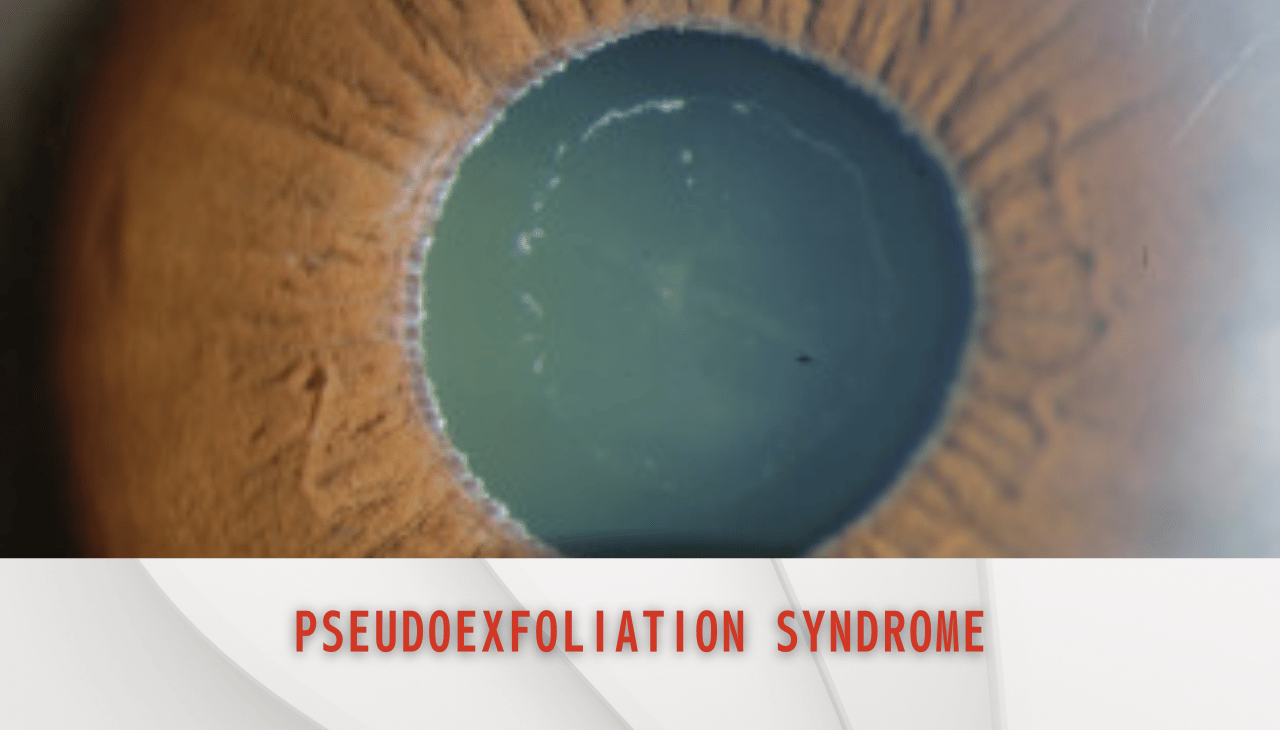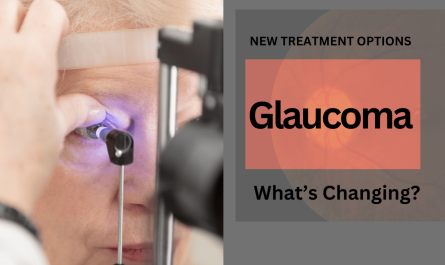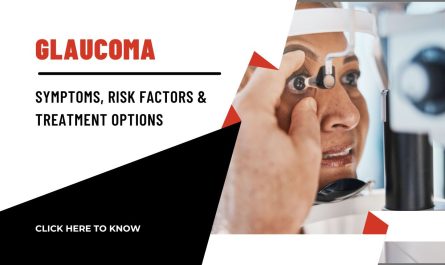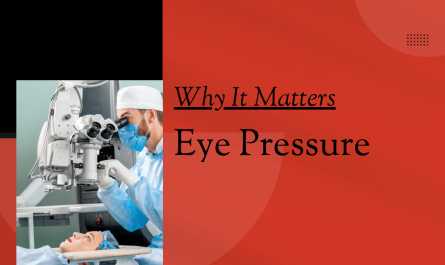Introduction
Glaucoma is one of the leading causes of irreversible blindness worldwide. But did you know that a condition called Pseudoexfoliation Syndrome (PXF) can significantly increase your chances of developing glaucoma?
Pseudoexfoliation is an age-related condition where abnormal protein material accumulates on the lens, iris, and other parts of the eye. Though it may not affect your vision directly at first, it can quietly increase your risk of developing a more aggressive form of glaucoma.
In this blog, we’ll explore what PXF is, how it connects to glaucoma, signs to watch out for, treatment options, and why regular eye exams are essential.
What Is Pseudoexfoliation Syndrome?
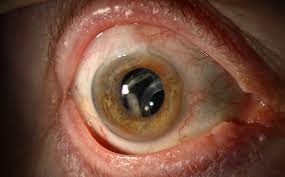
PXF is a systemic condition primarily affecting the eye. It involves the production and buildup of white, flaky material on the front structures of the eye, especially the lens and iris.
- Common in adults over 60 years
- Often found during routine eye exams
- Can be present in one or both eyes
- More prevalent in certain ethnic groups like Scandinavians and South Indians
How PXF Leads to Glaucoma
PXF itself doesn’t always cause glaucoma, but it creates conditions that make it more likely. The flakes of material clog the eye’s drainage system (trabecular meshwork), which leads to increased intraocular pressure (IOP).
Over time, high IOP damages the optic nerve, resulting in vision loss. This condition is known as Pseudoexfoliation Glaucoma (PXG), and it tends to progress faster and is harder to control than primary open-angle glaucoma.
Symptoms You Shouldn’t Ignore
PXF and PXG often go unnoticed until significant damage occurs. Watch for:
- Blurred vision
- Loss of peripheral vision
- Eye pain or pressure
- Seeing halos around lights
- Redness in the eye
Regular check-ups are crucial since these symptoms usually appear in advanced stages.
Who Is at Risk?
- Adults over 60
- People with a family history of glaucoma
- Individuals living in sunny climates (UV exposure may play a role)
- Patients with lighter eye colors
- Those with cardiovascular or systemic disorders
Diagnosis: How It’s Detected
An ophthalmologist can detect PXF during a slit-lamp exam. Other tests include:
- Tonometry (measuring eye pressure)
- Gonioscopy (examining the drainage angle)
- Optical Coherence Tomography (OCT)
- Visual Field Test
Early diagnosis can prevent progression and preserve vision.
Treatment Options
PXG needs prompt and ongoing treatment. Options include:
1. Medications
- Eye drops to reduce intraocular pressure
2. Laser Therapy
- Laser trabeculoplasty may help improve fluid drainage
3. Surgery
- Trabeculectomy or tube shunt surgery for advanced cases
Treatment plans vary by individual, and consistent follow-up is necessary.
Living with PXF: What You Can Do
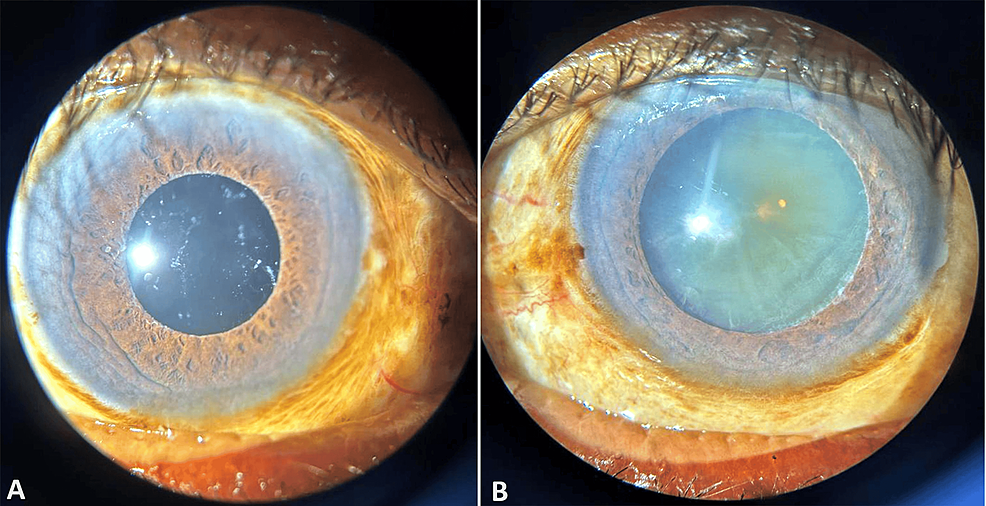
- Go for regular eye exams, especially after age 50
- Take prescribed medications exactly as directed
- Wear sunglasses to limit UV exposure
- Stay aware of any changes in vision
PXF isn’t preventable, but its complications can be managed.
Consultation at Laxmi Eye Hospital
Laxmi Eye Hospital is one of the largest and most trusted eye care providers in Mumbai. With more than 30 years of expertise, the hospital offers world-class diagnostic and treatment options across multiple locations: Panvel, Kharghar, Kamothe, and Dombivli.
Our team consists of highly qualified and experienced ophthalmologists specializing in Cataract, LASIK (Bladeless, ICL, IPCL, Contoura Vision), Glaucoma, Retina Care, Corneal Disease, Pediatric Ophthalmology, and Diabetic Eye Care.
If you or a loved one are experiencing symptoms or are at risk for glaucoma, book a consultation with us today.
Clinic Locations:
- Laxmi Eye Clinic (Dombivli) 1st Floor, Laxmi Eye Institute, SS Business Park, Gharda Circle, Azde Gaon, Dombivli East, Mumbai, Maharashtra 421201
- Laxmi Eye Clinic (Kharghar) Office 108, 109 and 110, 1st Floor, Anant CHS Plot 31, Sector 04, Kharghar, Navi Mumbai, Maharashtra 410210
- Laxmi Eye Hospital & Institute (Panvel) Mulla Hamid Rd, Old Panvel, Navi Mumbai, Maharashtra 410206
- Laxmi Eye Institute (Kamothe) Shop No 26/27, Near ICICI Bank, Kamothe, Navi Mumbai, Pratik Gardens, Plot No 153 to 165, Sector 34, Maharashtra 410209
FAQs
1. Is Pseudoexfoliation Syndrome curable? No, it is not curable but can be managed with regular monitoring and treatment to prevent complications like glaucoma.
2. Can PXF affect both eyes? Yes, though it often starts in one eye, the other eye may eventually be affected.
3. Will I go blind if I have PXF-related glaucoma? If left untreated, yes. But with early detection and proper treatment, vision loss can be minimized.
4. How often should I get tested for glaucoma? Annually after age 40, or more frequently if you’re at risk or already have PXF.
5. Are there lifestyle changes that help manage PXF? Yes, regular eye checkups, adherence to treatment, and wearing UV-protective sunglasses can help.
Conclusion
Pseudoexfoliation Syndrome is more than a minor eye condition. It increases your risk for glaucoma, which can lead to permanent vision loss if not addressed early. Regular eye exams, timely diagnosis, and proper treatment can help protect your sight.
If you’re over 60 or have a family history of eye diseases, don’t wait. Book a consultation at Laxmi Eye Hospital and get the care your eyes deserve.

